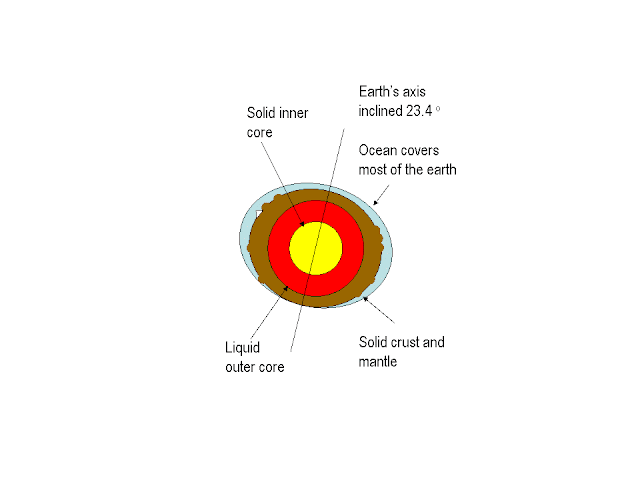Randy Lerner is said to be selling the Cleveland Browns to Jimmy Haslam III. Is this a betrayal, selling the team to an outsider, particularly one that was involved in the ownership group for the Pittsburgh Steelers?
No I don't think it should be viewed this way. Randy's dad was the guy behind the effort to restart the franchise and Randy continued that tradition. Clevelanders should be grateful to the Lerner family for that reason. However, it may be that Randy has been hurt by economics, not to mention a painful divorce, such that estimates of his fortune have shrunk from $1.5 billion in the 2006-2009 time frame, to around $1.0 billion in 2011. This can't be good.
Now we can understand the weird off-seasons of 2011 and 2012. Namely, the Browns signed zero high profile free agents. I've been shooting emails back and forth with some of my fellow Cleveland Browns fans, and I have to admire the support that some of them have for the team. Some believe that the reason for the Browns signing zero free agents is because the roster is so packed with talent that there was no room for a veteran wide receiver or lineman. What a laugh!
Rather, the main concern in the offseason for the Browns was to get rid of players like Colt McCoy (who isn't gone yet, but soon will be as the Browns have no stomach for "quarterback controversy"), Eric Steinbach, Peyton Hillis and Tony Pashos.
Moreover, in this year's NFL draft the Browns followed the classic recipe for failure by trading multiple picks in order to draft marquee position players in Trent Richardson and Brandon Weeden. The Weeden pick is the greatest mystery, as the Browns are getting a 29 year old guy with a background in minor league baseball. Weeden never got out of A-ball. But Weeden is thought to be ready to play immediately (or put it this way, he isn't going to get much better in the future because of his age, so you might as well play him now. Plus having an unrepaired torn labrum in his shoulder is usually not a good sign for longevity). The Browns also managed to blow 3 additional draft picks so that they could move up one spot in Round 1 and draft Trent Richardson. Richardson will probably gain 1000 yards next year, but he would need to gain 2000 in order to be worth all those picks. They also gave away a number two pick in 2013 in order to obtain the services of pot smoking wideout Josh Gordon in the NFL Supplemental Draft. This is a substantial risk for a fellow whose career might go up in smoke, and again leads to the conclusion that the Browns are trying to generate some excitement in 2012 at the expense of 2013 and beyond. Now that the team has been sold, hopefully these foolish moves will stop.
But while we might question the football sense of this attrocious use of the NFL draft, in terms of positioning the team for sale, it makes sense to add a few glamour boys on offense, and it also makes sense to decrease the long term obligations of the team by not signing any major free agents. That way, Jimmy Haslam can come in and make a big splash on the free agent market immediately (that is, in the 2013 off season). Even if the Browns flop in 2012, and they have an excellent chance of doing so, Haslam will be granted a bye by the fans and the media and will get the chance to call his own shots. It would be interesting to see what they might do with some financial backing, but most observers figure both Holmgren and Heckert will be out the door. They may be the fall guys for doing what had to be done to get the team ready to sell, but under the circumstances I can appreciate what they did. The Browns will miss those three extra draft picks this year and they will also wish that they had kept that number two pick in 2013.
Randy Lerner was a good owner, and as I see it he is selling the team because he is not able to continue being a great owner.




